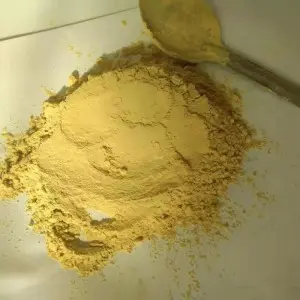Oktoba . 16, 2024 19:30 Back to list
Top Choices for Fruit Protection Bags for Orchard Trees
The Best Fruit Bags for Trees A Guide to Protecting Your Harvest
Growing fruit trees can be a rewarding endeavor, but it also comes with its share of challenges, particularly when it comes to protecting your harvest from pests, diseases, and environmental factors. One of the most effective solutions to safeguard your fruit is by using fruit bags. In this article, we’ll explore the best fruit bags for trees, their benefits, and tips for usage to ensure a bountiful harvest.
What are Fruit Bags?
Fruit bags are protective coverings designed specifically for fruits during their growth period. These bags are typically made from breathable materials that allow air and moisture to circulate while keeping pests, birds, and harsh weather conditions at bay. They are commonly used on individual fruits like apples, pears, and peaches, making them ideal for home gardeners and commercial orchardists alike.
Benefits of Using Fruit Bags
1. Pest Protection One of the most significant advantages of fruit bags is their ability to deter pests. Bugs such as fruit flies, codling moths, and birds are often attracted to ripening fruits. By enclosing the fruit in a bag, you effectively create a barrier that keeps these unwanted guests away, reducing the risk of infestation and damage.
2. Disease Prevention Fungal diseases, such as apple scab or brown rot, can devastate your harvest. Fruit bags help protect against these diseases by preventing moisture accumulation on the fruit surface, which can lead to rot and mildew.
3. Chemical-Free Option For gardeners interested in organic practices, fruit bags offer an environmentally friendly way to protect fruit without resorting to pesticides or herbicides. This not only benefits your health but also appeals to consumers seeking organic produce.
4. Enhanced Fruit Quality By shielding the fruits from direct sunlight and harsh weather conditions, fruit bags can promote better color, taste, and overall quality of the harvest. It helps in achieving a more uniform size and reduces blemishes that can occur due to environmental stressors.
5. Reduced Labor Using fruit bags can cut down on labor costs in commercial orchards. Since these bags protect the fruit from pests and diseases, growers spend less time and money on pest management and crop treatments.
Types of Fruit Bags
best fruit bags for trees

1. Paper Bags These are lightweight and breathable, making them ideal for fruits like apples, pears, and peaches. They allow air circulation while preventing moisture buildup, thus reducing disease risks.
2. Mesh Bags Made from durable materials, mesh bags offer excellent visibility, allowing you to monitor the fruit's development. They are great for larger fruits like citrus and work well in preventing larger pests while permitting beneficial insects to enter.
3. Plastic Bags While not as breathable as paper or mesh bags, some gardeners prefer plastic bags due to their sturdiness. It’s essential to choose perforated plastic bags to ensure proper airflow.
4. Biodegradable Bags With the rising awareness of environmental issues, biodegradable bags are becoming popular. These can provide the same protection while decomposing naturally after the harvest season.
Tips for Using Fruit Bags
1. Timing is Key Place bags on fruits when they are small and still developing, ideally a few weeks after blossom drop. This allows the fruit to grow without interference while remaining protected.
2. Ensure Proper Sealing Make sure the bags are securely closed to prevent pest intrusion. If using ties, ensure they are tight but not constrictive enough to damage the fruit.
3. Regular Monitoring Keep an eye on the bagged fruits for any signs of damage or disease. It’s important to check periodically to ensure that the protection remains effective throughout the growing season.
4. Harvest with Care When the time comes to harvest, take care when removing the bags to avoid bruising or damaging the fruit.
In conclusion, using fruit bags is an effective way to improve the quality and yield of your fruit trees while minimizing pest and disease issues. By selecting the right type of bag and employing best practices for their use, you can protect your harvest and enjoy the fruits of your labor! Happy gardening!
-
Pure Plum Tree Pollen for Sale - Optimal Pollination
NewsAug.22,2025
-
Apple Tree Pollen for Sale: Boost Orchard Yields!
NewsAug.21,2025
-
Premium Cherry Pollen: Essential for Pure Pollination
NewsAug.19,2025
-
Pollen Peach Tree: Pure Pollination for Bountiful Harvests
NewsAug.18,2025
-
Premium Kiwi Pollen for Sale - Boost Your Crop Yields
NewsAug.17,2025
-
Unlock Abundant Yields: Pure Pollen Peach Tree Solutions
NewsAug.16,2025